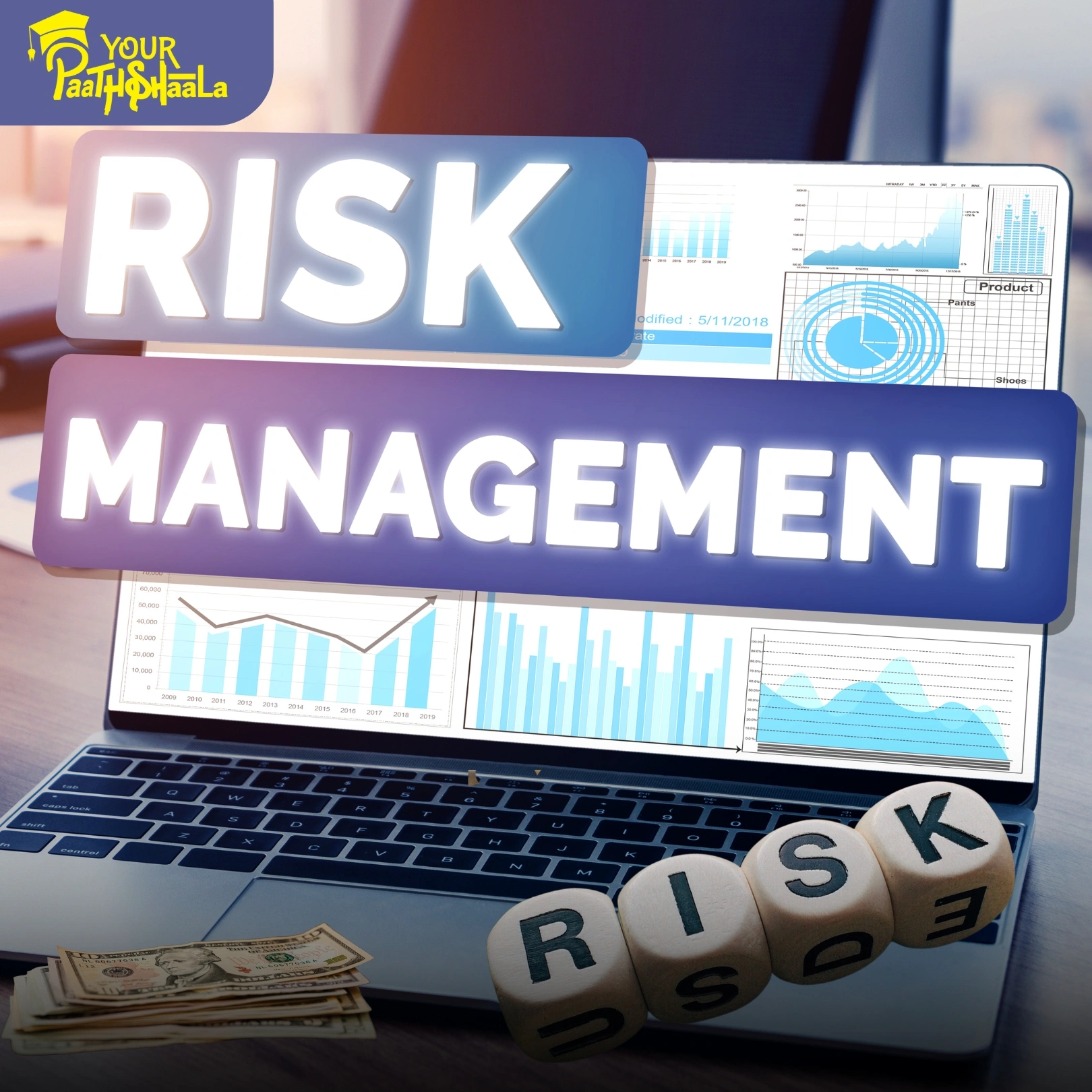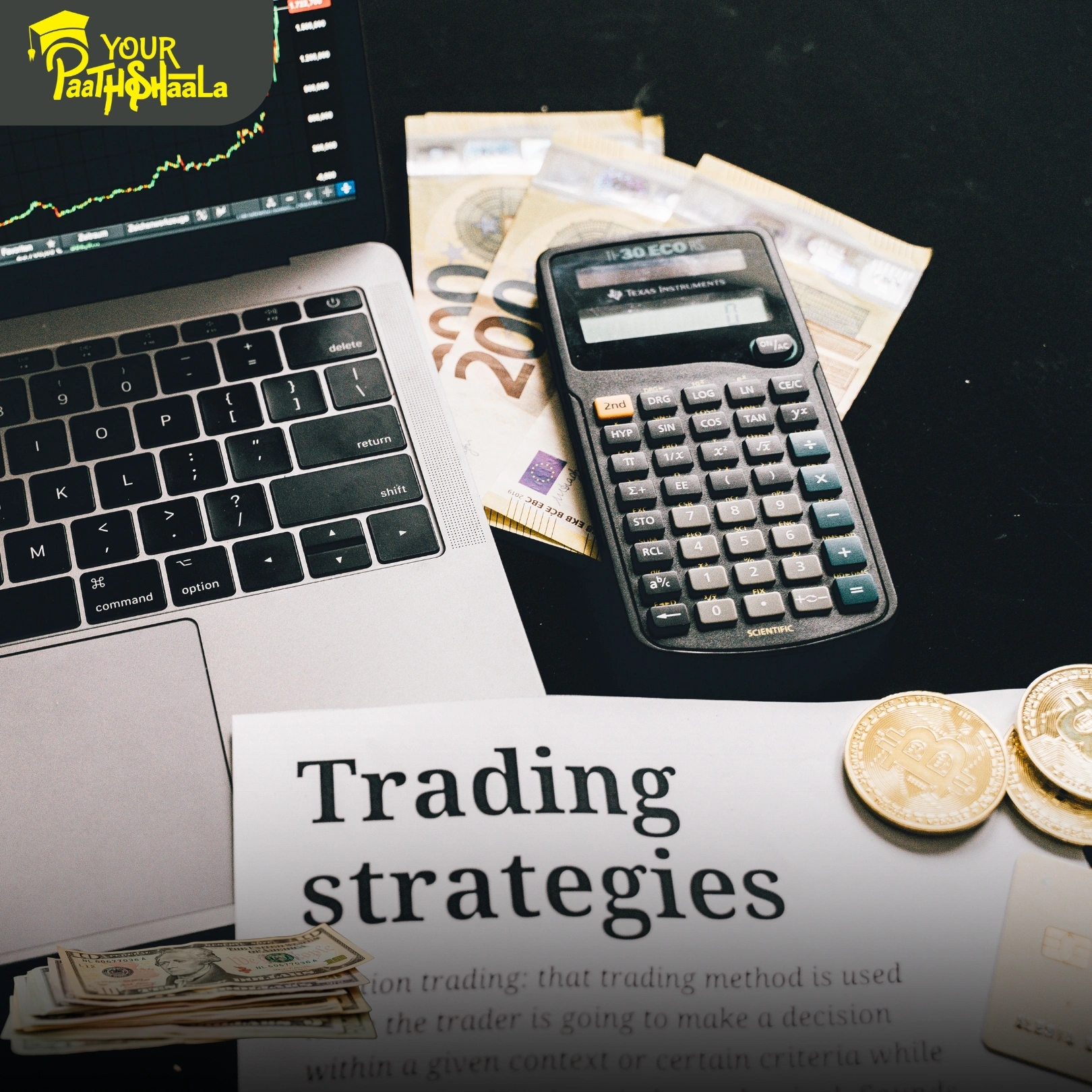What is Dividend Yield in Stock Market? A Comprehensive Guide for Investors
Dividend yield in stock market is a key financial metric every stock market investor should understand. If you’re looking for stable income from your investments or want to evaluate the income potential of different stocks, knowing what is dividend yield is essential. In this easy-to-read, SEO-friendly guide, you’ll learn the meaning, calculation, benefits, limitations, and real-world applications of dividend yield-empowering you to make smarter investment decisions.
What is Dividend Yield? Meaning and Importance
Dividend yield tells you how much income you can expect to earn from a stock each year, based on its current price. It’s expressed as a percentage, making it easy to compare the income potential of different stocks, regardless of their price. Essentially, dividend yield answers the question: “How much return am I getting from dividends alone, if I buy this stock at the current market price?”
For example, if a company pays an annual dividend of ₹20 per share and the current share price is ₹400, the dividend yield is 5%. This means for every ₹400 invested, you would receive ₹20 in dividends annually. The higher the yield, the more income you generate from your investment-making this metric especially attractive for income-focused investors, such as retirees or those seeking steady cash flow.
Dividend yield in stock market is crucial because it helps investors identify income-generating and stable investment opportunities. Mature companies, especially in sectors like utilities and consumer staples, often have higher dividend yields, signaling financial strength and a commitment to rewarding shareholders. By understanding what is dividend yield, you can better evaluate which stocks fit your income needs and risk profile7.
How to Calculate Dividend Yield – Formula and Step-by-Step Examples
To truly grasp what is dividend yield, you need to understand how it’s calculated. The formula is straightforward:
Dividend Yield = (Annual Dividends per Share / Price per Share) × 100
Let’s break down the steps:
1. Find the Annual Dividend per Share
This is the total amount a company pays in dividends for each share over one year. Companies often pay dividends quarterly or monthly, so you’ll need to multiply the payment by the number of periods in a year. For example, if a stock pays ₹5 per quarter, the annual dividend per share is ₹20 (₹5 × 4).
2. Determine the Current Market Price per Share
This is simply the current trading price of the stock. Because share prices fluctuate, it’s important to use the most recent price for an accurate yield calculation.
3. Apply the Formula
Plug your numbers into the formula:
If a company pays ₹20 per share annually and the stock trades at ₹400, the calculation is:
Dividend Yield = (₹20 / ₹400) × 100 = 5%
4. Convert to Percentage
Multiply by 100 to get the yield as a percentage. In this example, you earn 5% of your investment in the form of dividends each year37.
Another Example
Suppose a company pays $0.30 per share every quarter. The annual dividend per share is $1.20 ($0.30 × 4). If the stock trades at $60, the dividend yield is:
Dividend Yield = ($1.20 / $60) × 100 = 2%
This means you earn 2% per year in dividends for every dollar invested in the company’s stock36.
Why Dividend Yield Matters – Benefits for Investors
Understanding what is dividend yield is vital for several reasons:
1. Income Generation
Dividend yield helps investors identify stocks that provide regular income, making it a favorite metric for retirees and those seeking steady cash flow.
2. Stability and Safety
Companies with a consistent or growing dividend yield are often financially stable. Regular dividend payments signal that management is confident in the company’s future earnings and cash flow57.
3. Total Return Enhancement
Historically, dividends have contributed significantly to total stock market returns. Reinvesting dividends can amplify your portfolio’s growth over time, thanks to compounding5.
4. Portfolio Diversification
Adding high-yield dividend stocks can balance a portfolio, especially during market downturns. Dividend income can help offset capital losses from falling share prices7.
5. Market Sentiment Indicator
A stable or rising dividend yield often supports a company’s share price, while a falling yield may signal trouble.
Factors Affecting Dividend Yield and What to Watch Out For
While dividend yield is a powerful tool, it’s important to understand what influences it and its limitations.
1. Company’s Financial Performance
A company’s ability to pay dividends depends on its profits and cash flow. Financially strong companies are more likely to maintain or grow their dividends, while struggling firms may cut or suspend payouts7.
2. Industry Trends
Dividend norms vary by sector. Utilities and consumer staples often have higher yields, while technology and growth companies may pay little or no dividends, preferring to reinvest profits for expansion57.
3. Interest Rates
Rising interest rates can push companies to offer higher yields to attract investors, while low rates may reduce yields as investors seek alternatives to bonds.
4. Stock Price Fluctuations
Because dividend yield uses the current share price as the denominator, a falling stock price can make the yield appear high-even if the dividend is at risk. Always investigate why a stock’s price is dropping before chasing a high yield45.
5. Economic Conditions
Recessions or economic downturns can force companies to cut dividends. Conversely, in strong economies, companies may increase payouts.
6. Dividend Policy Changes
If a company raises or lowers its dividend, the yield changes accordingly. Always check the company’s dividend history and payout policy for context.
Advantages and Disadvantages of Dividend Yield
Advantages
Reliable Income: Dividend yield provides a predictable source of income, especially valuable for retirees and conservative investors.
Financial Health Indicator: Consistent or rising yields often reflect a company’s stability and profitability.
Compounding Potential: Reinvesting dividends can significantly boost long-term returns.
Market Support: High, stable yields can help support a company’s share price during market volatility5.
Disadvantages
Yield Traps: A very high dividend yield can be a warning sign. Sometimes, yields spike because the stock price has dropped due to company troubles, and the dividend may be unsustainable or cut soon5.
Limited Growth: Companies that pay high dividends may reinvest less in growth, potentially limiting future capital gains.
Dividend Cuts: In tough times, even established companies can reduce or eliminate dividends, hurting income-focused investors.
Not the Whole Picture: Dividend yield doesn’t account for capital appreciation or total return. A low-yield stock with strong growth can outperform a high-yield, slow-growth stock over time.
Real-World Examples and How to Use Dividend Yield in Your Investment Strategy
Example 1: Comparing Two Stocks
Suppose Company A trades at ₹200 per share and pays an annual dividend of ₹10. Company B trades at ₹400 per share and pays an annual dividend of ₹20.
Company A: Dividend Yield = (₹10 / ₹200) × 100 = 5%
Company B: Dividend Yield = (₹20 / ₹400) × 100 = 5%
Both companies offer the same yield, but you should also consider their growth prospects, payout ratios, and dividend histories before investing.
Example 2: High Yield vs. Low Yield
A stock with a 10% dividend yield may seem attractive, but it could indicate a falling share price or financial trouble. Always research the reasons behind a high yield before investing.
Example 3: Dividend Growth Stocks
Some companies consistently increase their dividends each year. These “dividend aristocrats” offer both income and the potential for rising payouts, making them attractive for long-term investors.
How to Use Dividend Yield
Income Investors: Focus on stable, high-yield stocks with a strong track record of payments.
Growth Investors: Consider dividend growth stocks that offer both income and capital appreciation.
Balanced Approach: Combine high-yield and growth stocks for a diversified, resilient portfolio.
Frequently Asked Questions About Dividend Yield
Q: Does a higher dividend yield always mean a better investment?
A: Not necessarily. A high yield can be a red flag if it’s due to a falling stock price or unsustainable payout. Always check the company’s fundamentals.
Q: How often is dividend yield paid?
A: Dividend yield is based on annual dividends, but companies may pay dividends quarterly, semi-annually, or monthly.
Q: Can dividend yield change over time?
A: Yes. Yield fluctuates with changes in share price and dividend payments.
Q: What is a “yield trap”?
A: A yield trap occurs when a stock’s yield appears high due to a falling price, but the dividend may be at risk of being cut.
Q: Should I only focus on dividend yield when investing?
A: No. Consider other factors such as company growth, payout ratio, and overall financial health.
Conclusion – Why Understanding Dividend Yield Matters
Understanding what is dividend yield in stock market empowers you to make informed decisions about your investments. This metric helps you evaluate the income potential of stocks, compare opportunities, and build a portfolio that matches your financial goals. While dividend yield is a valuable tool, it’s best used alongside other indicators of company health and market conditions. By focusing on sustainable yields, strong fundamentals, and a diversified approach, you can enjoy both steady income and long-term growth in your investment journey.







